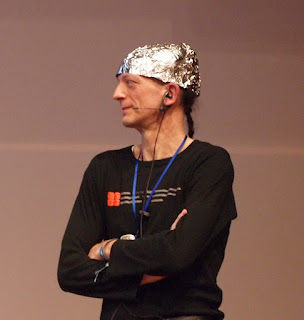Why Some States' Rapid Vaccine Rollouts Backfired
Yesterday that Associated Press released an interesting story asking why states' performance on vaccine rollouts is so uneven. The answer seems to be focus.
To see what they're talking about, here is the latest data on percentage of the population fully vaccinated from the Johns Hopkins dashboard:
The low is in the District of Columbia at 9.82%, and the high is Alaska with 19.86%. The average for all states is 12.79%.
Our neighbor New Mexico is second highest, with 19.3%. Arizona is a respectable 8th place with 15.67%. This is the first time I can remember seeing our state ranked so high on a good-performance list.
The AP story contains a graph and a trend line relating the percent of the population eligible to the doses administered per 100K. They don't give the the slope of that line, but my guesstimate is that every additional percent of eligibility leads to a decrease of about 40 doses per 100K population.
The story makes a pretty strong case that what differentiates the states at the top from the ones at the bottom is how broad initial eligibility was. Those states that defined eligibility narrowly, taking a methodical approach and going group by group, did better. Those states that made large numbers of people eligible at the start fared more poorly.
Why? The theory is that states that threw eligibility wide open caused demand-related stress that their vaccination programs couldn't handle. That makes a lot of sense. Arizona's fiasco of a vaccine scheduling system was bad enough with limited numbers using it. It would probably have totally melted down and prevented anybody from getting an appointment if it had four times the number of people trying to access it.
Slow and steady wins the race.
Header image by Alexandra_Koch from Pixabay




